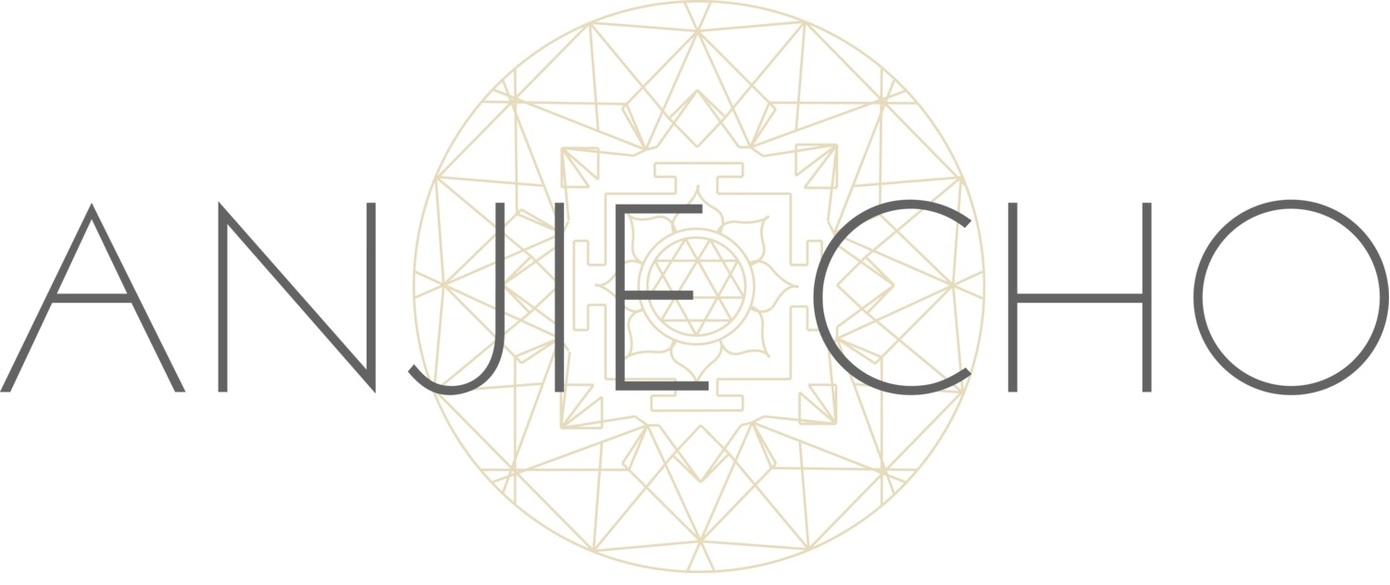I was wondering if you could talk a little about crystals, what colors they are and where to place them for the effects wanted in your life.
Andrea S., MA
Hi Andrea,
What a great question! I love to use crystals in feng shui adjustments as I find many people are attracted to them. Here are some suggestions for how to apply crystals for feng shui adjustments. In the Holistic Spaces store, we have crystal sets for the seven chakras and the nine areas of the bagua map as well as rose quartz for love, citrine for abundance and black tourmaline for grounding. There are many types of crystals, and I can recommend some reference books if you are interested in other types.
As for the stones we sell at the Holistic Spaces Store, I've provided some information about each below!
Green Quartz
We offer green quartz to represent the New Beginnings area of the feng shui bagua, thanks to its color. This crystal may inspire new beginnings and help sprout projects of all kinds. To get the best results from green quartz, place it on your desk for help with projects or in your home to work on inspiring new beginnings with your family.
Amethyst
Amethyst is a purple or lavender stone we associate with the Abundance area of the feng shui bagua map. The colors of amethyst echo the royal colors associated with Abundance area which attract abundance of all kinds. For best results, place amethyst in the Abundance area of your desk or bedroom.
Tiger's Eye
A natural Tiger's Eye crystal is offered to resonate with the energies of the earth and the Health area of the feng shui map. It is typically a collection of earthy hues. These earthy colors, coupled with the ability of this stone to provide grounding, make this crystal a great addition to any holistic space. Tiger's Eye is also said to anchor change in the body, balance yin and yang energies and heal issues of self-worth and self-criticism. To activate this crystal, place it in the center of your home or bedroom.
Smoky Quartz
The darker shades of smoky quartz relate to the Benefactors area of the feng shui bagua. Smoky quartz is beneficial in your home, as it provides protection (like benefactors) and is a stone of cooperation. This means it may stimulate energies to work together toward the same goal, and it can attract helpful people to your life. Smoky quartz may also assist in tolerating difficult times. This stone may also be effective in the Benefactors area of your home or desk, depending on where you need help.
Clear Quartz
Clear quartz is a perfect addition to the Completion area, as it is said to provide clarity and the precision of the Metal element. Clear quartz may aid in concentration and unlocks memory and can be used to transform thoughts in sounds, thus bringing ideas to completion in the world. If you're using a clear quartz, place it anywhere in your home or bedroom for optimal results.
Blue Sodalite
We love Blue sodalite to work with the Knowledge gua, which may unite logic with intuition and brings information from the higher mind down to the physical level. This crystal may also be used to deepen meditation, eliminate mental confusion and encourage rational thought. Blue sodalite is best used as a pendant near the throat or placed in the Knowledge area of your desk.
Carnelian
Carnelian, a crystal of a red color, is helpful in bringing fame and recognition, much like other adjustments in the Recognition gua. Carnelian gives courage, promotes positive life choices, motivates for success and is used in dramatic pursuits (like taking that huge leap of faith). To get the best outcome, place Carnelian in the Recognition gua of your home or desk.
Black Tourmaline
Black is the color of wisdom and relates to the Path in Life area of the bagua. Black Tourmaline works to absorb negative energy and transmute it into wisdom, making it a wonderful addition to a holistic space. In addition, Black Tourmaline is very effective in spiritually grounding and providing protection from EMFs. For this reason, placement between yourself and EMF sources is also very helpful.
Rose Quartz
Rose Quartz is one of the most useful crystals in feng shui, as it is known as the stone of unconditional love and peace. Rose Quartz teaches the true essence of love, purifies and opens the heart at all levels and brings deep inner healing and self-love. This crystal is also known for its power in helping to attract love, and you can place a pair on your nightstand or in the Relationship gua for this effect. If you're looking for self-love, opt for one stone!
Citrine
Citrine is known as one of the stones of abundance, and rightfully so. It teaches how to manifest and attracts wealth, prosperity, success and all good things. Citrine also encourages sharing what you have and simultaneously helps you hold onto your wealth, a concept that we are very familiar with in feng shui! Citrine is helpful in your holistic space or even in your wallet!
As I mentioned, these are just the few of the many crystals available for healing work. I would recommend The Crystal Bible and Love Is In the Earth if you are interested in learning about more crystals and how they work. As a note, when you purchase sets for feng shui, like the Feng Shui Bagua Natural Crystal Set, it's best to only use the three you need the most. Use the crystals as you need them, but don't just place them in all nine baguas, since you'll likely forget about them there. Choose the three most important areas for work, and consciously place the stones there.



